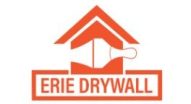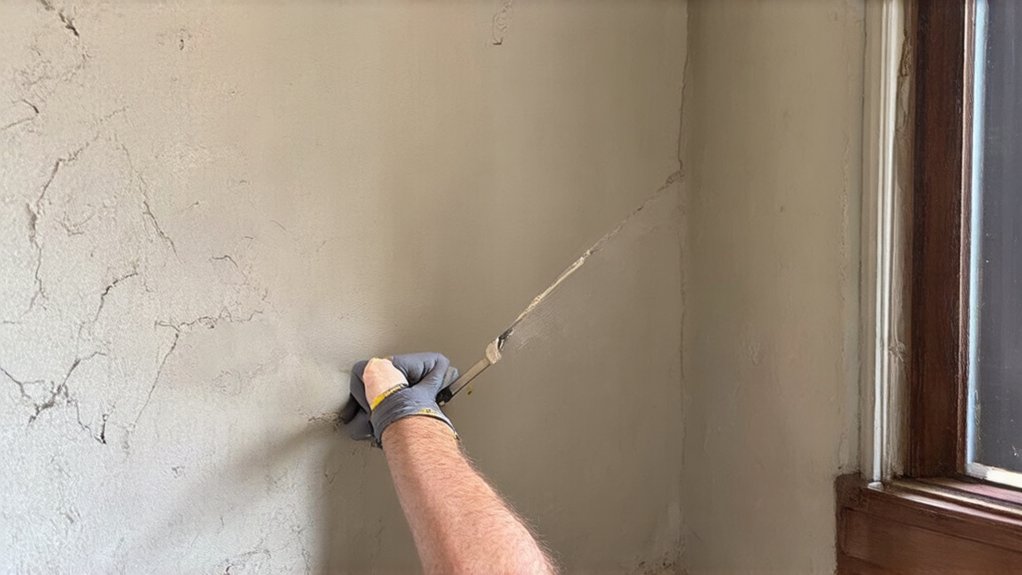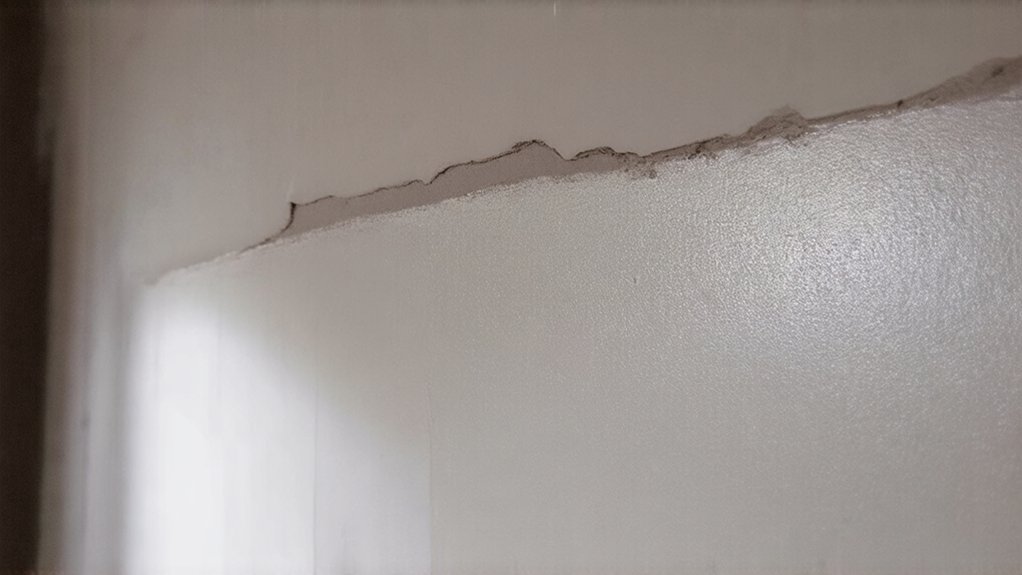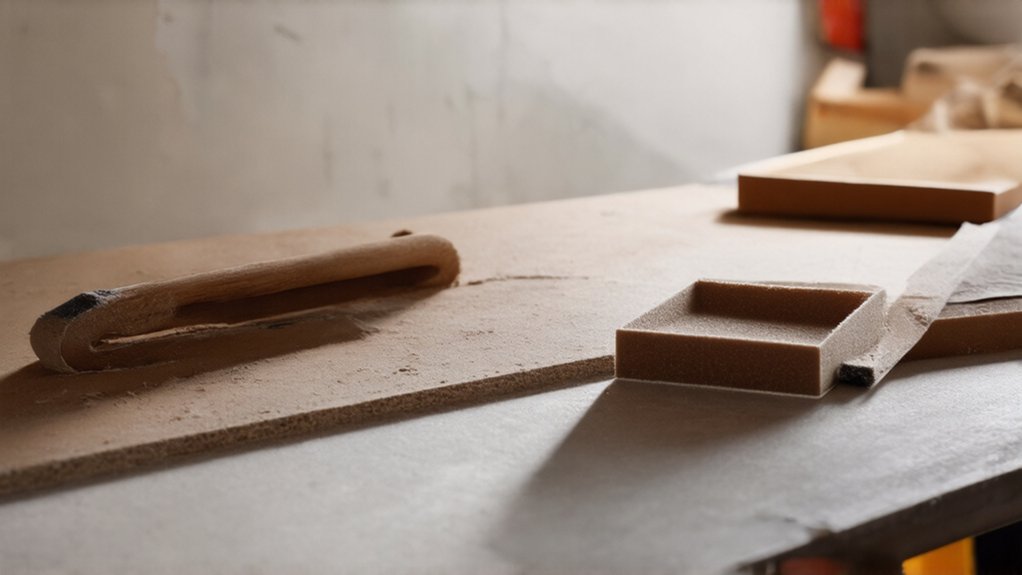In Erie's challenging climate, you'll want to protect your older home's drywall by monitoring humidity levels, sealing potential moisture entry points, and executing regular inspections. Watch for paint discoloration, hairline cracks, and soft spots that signal underlying damage. Use dehumidifiers, seal windows before winter, and address cracks promptly with careful caulking and tape reinforcement. Your proactive approach can prevent costly repairs and preserve your home's structural integrity – and there's more to uncover.
Understanding Erie's Unique Climate Challenges
How can Erie's unique climate impact your home's drywall? The region's seasonal precipitation levels and frequent freeze-thaw cycles can wreak havoc on your walls. You'll need to understand how moisture and temperature fluctuations stress your home's structural integrity.
These dramatic weather changes cause expansion and contraction, which can lead to cracks, splits, and potential water damage. Your older Erie home requires careful monitoring and proactive maintenance to protect its drywall. By recognizing these climate challenges, you'll be better equipped to preserve your home's walls and prevent costly repairs. Drywall installation experts recommend regular inspections and professional assessments to mitigate potential climate-related damage. Stay vigilant and attentive to your home's needs.
Identifying Common Drywall Damage Indicators
After weathering Erie's challenging climate conditions, homeowners must become keen observers of their drywall's health. Watch for telltale signs like paint discoloration patterns that reveal underlying moisture issues or structural support weaknesses.
Hairline cracks near windows, bulging sections, and unexplained soft spots can signal potential problems. You'll want to inspect corners, seams, and areas around plumbing fixtures carefully. Don't ignore subtle changes—they often indicate deeper structural concerns.
Early detection means simpler, less expensive repairs and prevents more significant damage to your home's essential interior surfaces. Drywall repair costs can range from $100 to $2,000 depending on the extent of damage, making proactive inspection crucial for homeowners.
Essential Moisture Control Techniques
Every homeowner understands that moisture can be a silent destroyer of drywall integrity, especially in Erie's unpredictable climate. Protecting your walls requires strategic moisture management techniques that'll preserve your home's structural health and aesthetic appeal.
Key moisture control strategies include:
- Implementing proper airflow management through strategic ventilation
- Using effective dehumidification systems in high-humidity areas
- Sealing potential moisture entry points around windows and foundations
- Regularly inspecting and maintaining your home's moisture barriers
These proactive approaches will help you safeguard your drywall, preventing costly damage and maintaining your home's comfort and value.
Proper Crack Repair Methods
While moisture control protects your drywall's foundation, addressing cracks becomes the next critical step in maintaining your Erie home's wall integrity. You'll want to start by cleaning the crack thoroughly, removing any loose debris or paint chips that might interfere with repair.
Carefully apply caulk along the crack's length, using smooth, consistent strokes. Follow up with tape reinforcement to prevent future splitting, pressing the tape firmly into the fresh caulk. For wider cracks, consider using a mesh patch for extra stability.
Your attention to these details will help preserve your home's walls and prevent more extensive damage.
Seasonal Maintenance Strategies
Four distinct seasons in Erie necessitate a proactive approach to drywall maintenance that adjusts to changing environmental conditions. Your home's walls require strategic care to combat temperature fluctuation and humidity control challenges.
Monitor indoor humidity levels with a hygrometer. Seal windows and doors before winter's harsh arrival. Use dehumidifiers during humid summer months. Inspect walls after significant temperature shifts.
Protecting your drywall means understanding how Erie's climate impacts your home's interior surfaces. By implementing these seasonal strategies, you'll preserve your walls' integrity, prevent potential damage, and maintain a comfortable living environment that reflects your commitment to home care.
Professional Assessment and Intervention
Some drywall issues in older Erie homes require a professional's trained eye and specialized knowledge. You'll want to schedule regular inspections with a qualified contractor who understands the unique challenges of historic properties.
These experts can identify potential problems before they become costly repairs, using proactive problem solving techniques that save you time and money. They'll assess moisture levels, structural integrity, and potential hidden damage that might escape an untrained eye.
Preventative Preservation Practices
Because preventative maintenance is the key to preserving your older Erie home's drywall, homeowners should develop a proactive approach to protecting these critical interior surfaces. Maintaining your drywall requires strategic planning and consistent attention to potential vulnerabilities.
Consider these essential preservation practices:
- Implement regular interior temperature regulation to minimize moisture fluctuations
- Undertake periodic ventilation upgrades to reduce humidity and potential wall damage
- Inspect walls quarterly for early signs of moisture or structural stress
- Seal potential entry points for moisture and drafts around windows and baseboards
Your diligence will protect your home's structural integrity and aesthetic appeal.
Frequently Asked Questions
Can I Repair Small Drywall Holes Myself Without Professional Help?
You can definitely repair small drywall holes yourself! Learn simple patch techniques and sanding methods, and you'll feel confident tackling minor wall repairs. With a few tools and patience, you'll restore your wall's smooth surface like a pro.
How Much Does a Typical Drywall Repair Cost in Erie?
In Erie, you'll find professional drywall contractors typically charge between $75-$300 for repairs, depending on hole size. The average repair cost ranges from small patch jobs to more extensive wall damage, making DIY tempting but professional help often more reliable.
What Causes Unexpected Drywall Damage Between Seasonal Maintenance Checks?
Temperature fluctuations and structural shifting can unexpectedly crack your walls. You'll notice these changes as your home settles, especially in older Erie homes where seasonal swings and foundation movements create stress on your drywall's integrity.
Are Older Homes More Susceptible to Extensive Drywall Deterioration?
You'll find older homes are indeed more vulnerable to drywall damage. Structural integrity weakens over time, and increased moisture exposure can accelerate deterioration, making your cherished vintage home more susceptible to unexpected wall complications.
How Quickly Can Humidity Damage Impact My Home's Drywall Structure?
Humidity fluctuations can quickly compromise your drywall, causing moisture accumulation within weeks. You'll notice warping, discoloration, and potential mold growth if left unchecked. Regular monitoring and swift intervention are indispensable to protecting your home's structural integrity.



